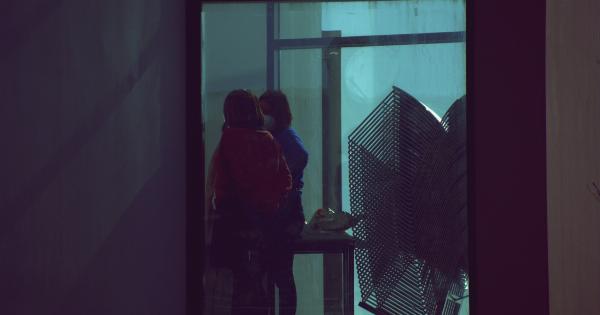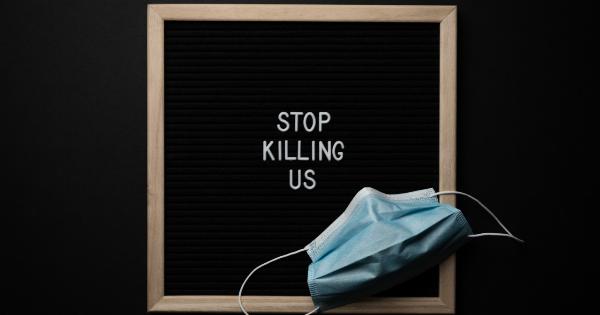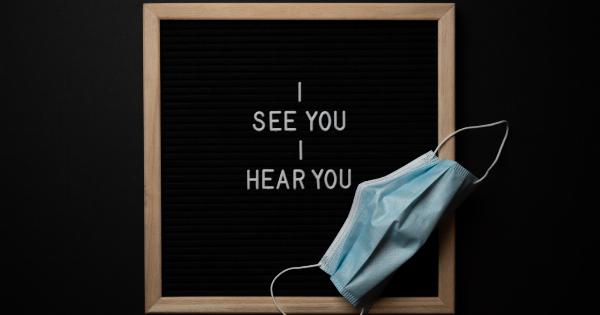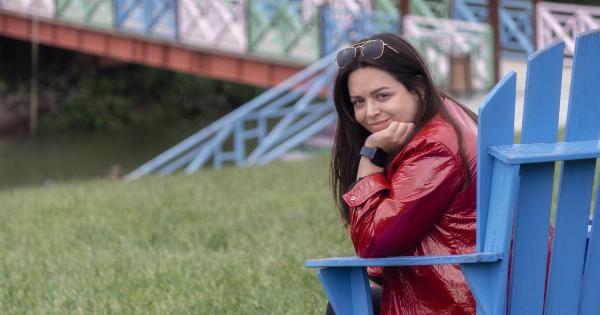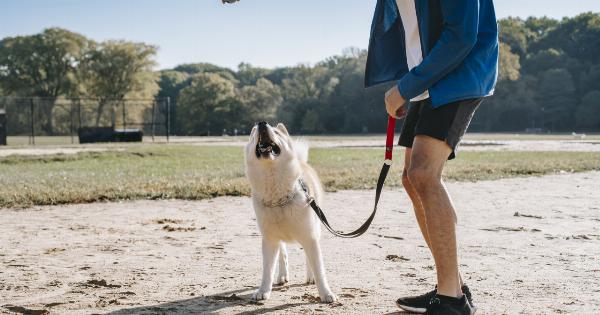On a seemingly ordinary day in 2015, George Baltadoros, a popular Greek magician, nearly lost his life while performing a dangerous stunt.
What appeared to be a minor miscalculation in his act turned out to be a deadly illusion that almost cost him his life.
The Illusion
Baltadoros, known for his death-defying stunts, had been performing the ‘water tank escape’ illusion for years. In this illusion, the magician is handcuffed and suspended in a tank of water with a limited amount of oxygen.
The objective is to escape before the oxygen runs out. The audience watches in awe as the magician manages to free himself from the handcuffs and emerge from the water tank unscathed.
However, on this fateful day, something went terribly wrong. His team had accidentally placed the wrong key in the keyhole, making it impossible for him to unlock the handcuffs.
Baltadoros struggled to free himself, but as time passed, it became clear that he was in serious trouble. The audience watched in horror as he began to lose consciousness and sink to the bottom of the tank.
The Near-Death Experience
Baltadoros’ team, realizing that something was wrong, rushed to lower the tank before it was too late. They managed to pull him out of the water but he was unresponsive and had to be resuscitated.
The magician, who had almost drowned, was taken to the hospital and was in a coma for three days. Thankfully, he survived but the incident had a profound impact on him.
The Aftermath
Once he had recovered, Baltadoros came to the realization that what had nearly killed him was not a failed stunt or a mere mistake. It was an ‘illusion’. An illusion that he had created for himself and his audience- the illusion of control.
He had believed that he was in control of his stunts, his team, and his life, but in reality, he was not fully in control.
The incident forced him to reevaluate his approach to his craft and his life. He realized that in order to prevent such accidents from occurring in the future, he needed to make some major changes.
He started by reviewing his entire act and ensuring that every element was thoroughly tested and scrutinized before every performance. He also retrained his team to be more vigilant and to give utmost priority to safety measures.
Lessons Learned
The incident taught him some valuable lessons that he applies to his life to this day. He learned that taking unnecessary risks, even for the sake of entertainment, was not worth the cost.
He also realized that it is important to pause, reflect and make changes whenever things go wrong, rather than brushing them aside and moving on.
Most importantly, Baltadoros understood that the illusion of control is not just dangerous, but also counterproductive. In his quest for absolute control, he had neglected the importance of teamwork and trusting those around him.
He now places more emphasis on collaboration and delegation, realizing that it not only improves the quality of his performances but also creates a safer environment for everyone involved.
Conclusion
The incident that nearly killed George Baltadoros was a harsh wake-up call that forced him to reevaluate his entire life. It made him realize that the illusion of control was not just dangerous but also illogical.
By taking the necessary measures to prevent such accidents from happening again, he has managed to regain trust in himself, his team, and his abilities. Today he is not just a better performer, but also a better person.







